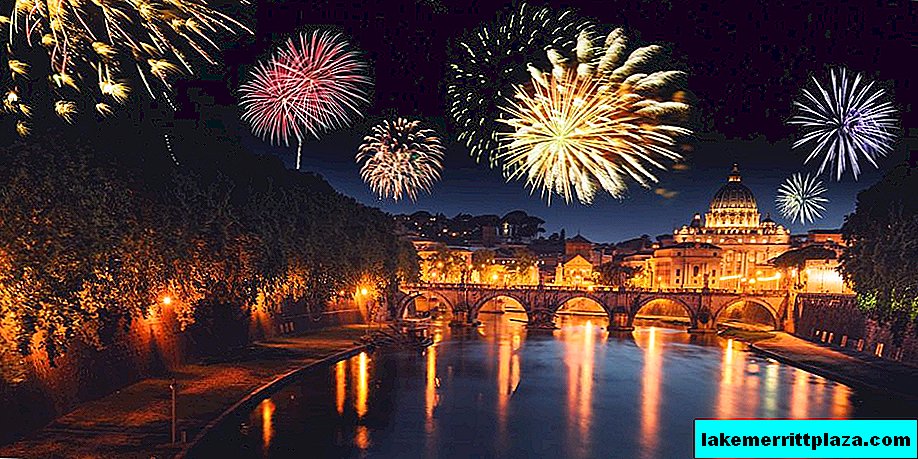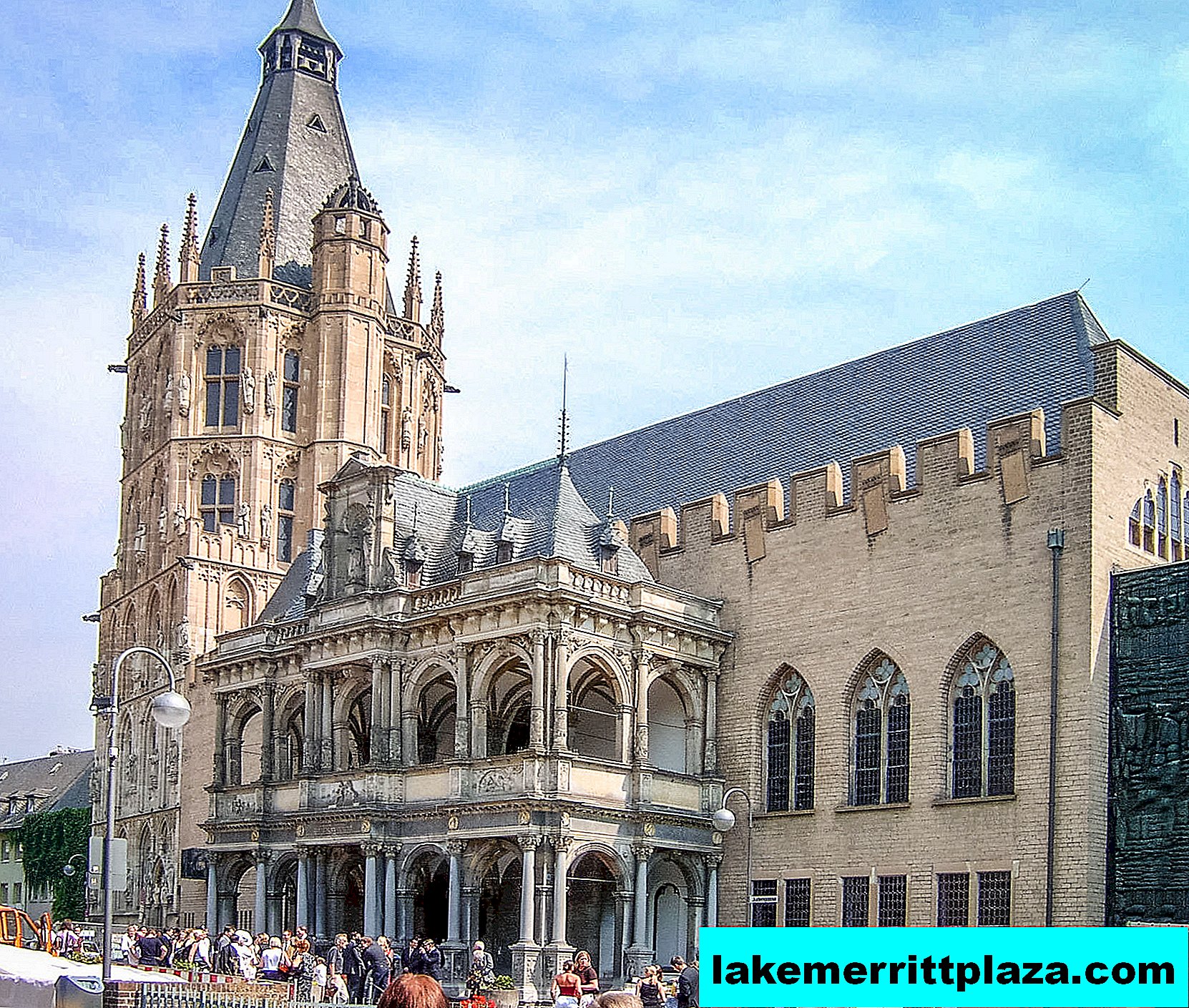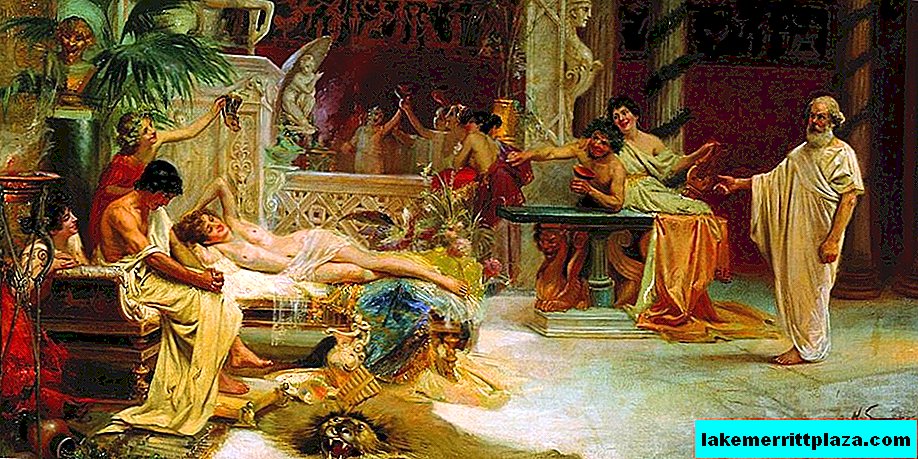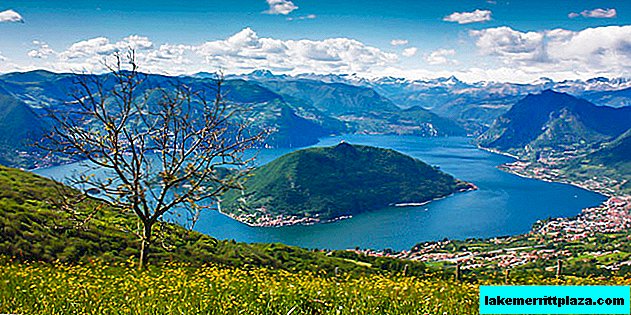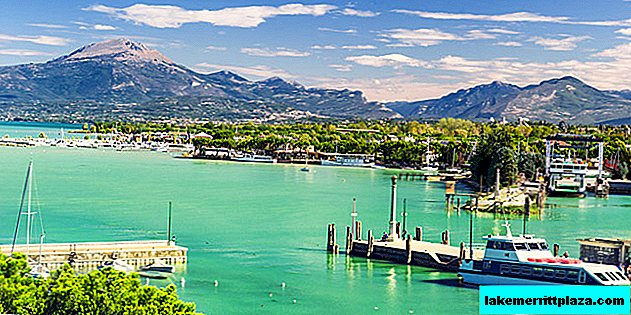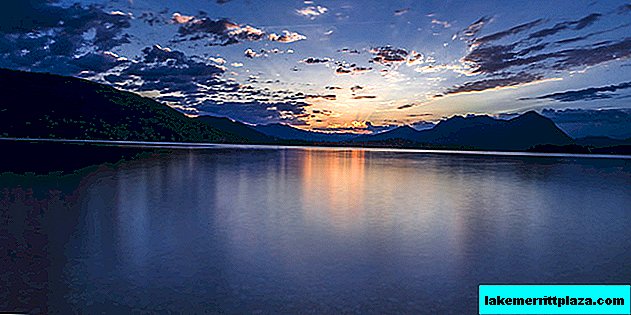Gedekhtniskirche was destroyed during the war, but they decided not to demolish it, but to save it in the form of ruins. Now the church keeps a memory not only of Kaiser Wilhelm, but also of what should not be repeated ...

Kaiser Wilhelm Memorial Church (Kaiser-Wilhelm-Gedächtniskirche), photo by Simon Baldwin
Kaiser Wilhelm Memorial Church (Kaiser-Wilhelm-Gedächtniskirche or Gedächtniskirche - Gedächtniskirche) is one of the historical symbols of Berlin and a favorite church of local residents.
Church building
The church was built from 1891 to 1895 in commemoration of the first German Kaiser Wilhelm I by order of his grandson Wilhelm II, who became the last Kaiser in Germany. The construction and decoration of the building was carried out by the architect Franz Schwechten in the Neo-Romanesque style.

Church in 1890-1905
The memorial church has long been considered the tallest building in Berlin, its height was 113 meters.

Church in 1954, photo Brodde
On November 23, 1943, as a result of an allied air raid, the Memorial Church was destroyed. After the war ended, the question arose of building a new church instead of the lost one. But the Berliners were against it. Newspaper publishers received so many angry letters of protest that it was decided to reconstruct the old church.
In 1961, the architect Egon Ayermann restored the temple, preserving part of the ruins. These ruins, combined with the new church, remind posterity of the horrors of war.
Church today

“Powder box”, “lipstick” and “hollow tooth”, photo by Schrottie
Today, the Kaiser Wilhelm Memorial Church is an unusual combination of old and modern, destroyed and restored. Together, the old and 2 new buildings create a unique ensemble.




New buildings, an octagonal nave and a bell tower, Berliners call "powder box and lipstick." The “powder box” has very beautiful stained glass blue windows that create a unique atmosphere and unusual design around the stylized figure of the ascended Christ. The sculpture is made of zinc and copper by Karl Hemmeter, its height is 4.6 m, weight is almost 600 kg. Hence the other name - “blue church”. The ruins of the inhabitants of Berlin are called "hollow tooth", visually very much like.

Stalingrad Madonna, photo sailko
The church houses the Stalingrad Madonna, painted by a German doctor and priest Kurt Roiber on the back of the map of the Soviet Union in 1942, surrounded by Stalingrad.

Exhibition in the old part of the temple, photo by jfriese
An exhibition on the history of the church is open in the old part of the temple. On the walls are mosaic paintings and bas-reliefs telling about the Hohenzollern dynasty. Presented gifts: a cross donated by the Russian Orthodox Church; a cross from the British, forged from nails collected on the ruins of the cathedral of Coventry, destroyed during the bombing by the Germans in 1940.
How to get there
Take the U1 or U9 underground to the Kurfürstendamm station.
How do I save on hotels?
Everything is very simple - look not only at the booking. I prefer the search engine RoomGuru. He is looking for discounts at the same time on Booking and on 70 other booking sites.

